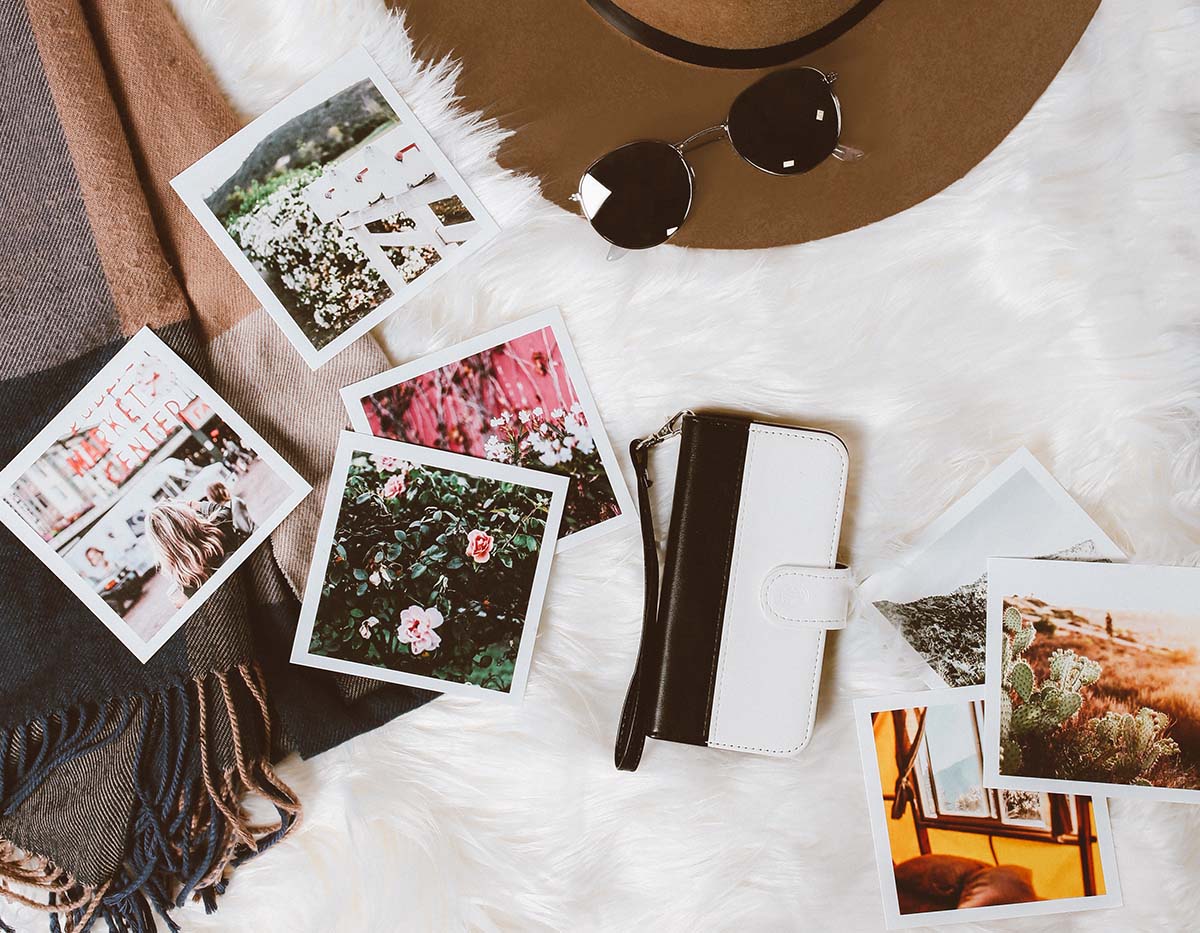Creating Perfect Flat Lays with 8 Easy Tips
Flat lay photography has become a versatile visual form for any small business. These minimalist photos of products taken from above and arranged with props use minimalism to create visual emphasis. That simple presentation style makes items pop, perfect for promoting products on a website or grabbing the attention of those browsing social media. Whether you’re getting started making your own flat lays or looking to master the technique, here are 8 easy tips for creating perfect flat lays.
1. A Fully Clean and Flat Surface is Essential
Flat lays are named for everything being laid on the same, flat level. A completely flat and clean surface creates the blank canvas necessary to make perfect flat lays. Everything sits on an equal level and receives full lighting, leaving nothing obscured. That flat surface will also lack shadows, making it the perfect canvas to edit in texts or graphics when editing.
2. Perfect Flat Lays Need Proper Lighting
Bright lighting is what makes flat lays so eye-catching. To accomplish this, you need a soft, broad light. Natural light in a bright space can work but is out of your control. Artificial lighting will give you full control but can come with a cost. We recommend starting with a lightbox or ring light. These are relatively cheap in the world of photography equipment. If you’re interested in more professional grade equipment, a strobe light with a soft box provides a perfect mimicry of that soft, natural light of a sunny day. Of course, if you aren’t looking to get this equipment, you can always hire a professional photographer for truly perfect flat lays.
3. Props Bring a Flat Lay to Life
A flat lay isn’t just merely a photo of a product or something your company makes. It should also invoke a certain emotion or theme. Props help bring that life and character to a perfect flat lay by creating a lifestyle context that viewers can imagine. For example, a flat lay of cosmetic products can be brought to life with some related props such as makeup brushes.
4. Flat Lays are for More Than Just Products
Flat lays are great for showing off a business’ products, but they can also evoke a certain moment or emotion that’s associated with your brand. This is particularly great for businesses that focus on services. For example, a catering company can create a flat lay of an ornate table setting. An interior designer can have a flat lay of an idealized work surface that includes a blueprint, furniture catalog, laptop, and a cup of coffee. A salon might create a flat lay with the various hair cutting and styling tools they use.
5. Create a Colour Palette
Part of the effective and eye-catching minimalism of flat lays is accomplished with a limited set of colours that unite the image. Determine a colour palette that works well both with the featured product(s) or props while keeping the background neutral. This will help tie the entire picture together, giving it a cohesive look for a perfect flat lay.
6. Your Flat Lay Background Doesn’t Need to Be White
Part of designing your flat lay and its colour will mean choosing a proper background. Marble, tile, and wood can be great options depending on the content, but flat lays work best with solid colours. That doesn’t mean the background needs to be white, especially if the products you’re showing off are. Instead, a solid background of colour can help the items pop. A large roll of paper can create a perfect background.
7. Don’t Underestimate Negative Space
Flat lays are defined by minimalism. If they become cluttered with objects, they become too visually busy and important objects blend into others. Keep a healthy amount of negative space in the flat lay and around each object. This keeps them distinguishable and visually prominent. A simple rule: if you think there might be too many things, remove one.
8. Take Multiple Shots
Like any photography, one photo usually won’t suffice. Take many photos of your flat lay at different angles and orientations from above. Then, rearrange items and take even more shots. It’s always much easier to take as many photos as possible when you have already collected and arranged the materials than realizing you need to collect and arrange everything again because you didn’t capture that perfect shot. Taking all these various photos will provide you with a rich library of shots to choose from, ensuring you have at least a few you will want to use.
Flat Lays are All About the Pop
They might be called flat lays, but visually they are anything but flat. These 8 easy tips are sure to help you start perfecting your flat lay photography. If you’re interested in professional flat lays, contact Rosewood about our brand photography services. We’ll be happy to help you create flat lays that truly pop.




Leave a Reply
Want to join the discussion?Feel free to contribute!